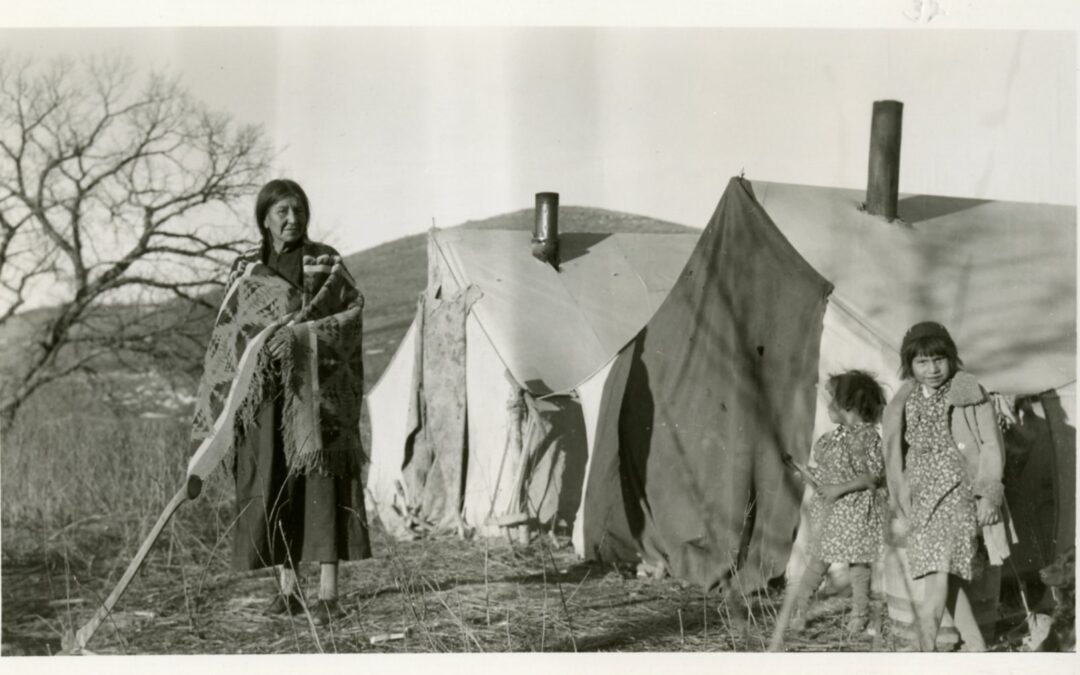Image credit: Records of the Bureau of Indian Affairs, Record Group 75
November 1st marked the first day of National Native American Heritage Month (NAHM). This month is dedicated to celebrating the rich cultural heritage and diversity of America’s native population. This is an excellent opportunity to educate ourselves, raise awareness, and immerse ourselves in the culture of our nation’s first people.
The History of Native American Heritage Month
The history of NAHM goes all the way back to the early 1900s. Dr. Arthur C. Parker, a Seneca Indian and the director of the Museum of Arts and Science, was a dedicated advocate for a day celebrating Indigenous peoples and communities. Thanks to his efforts, in 1912, Parker convinced the Boy Scouts of America to earmark one day to honor and celebrate Native Americans. The Boy Scouts of America continued this celebration for three consecutive years.
In December of 1915, a Blackfoot Indian, Red Fox James, rode from state to state on horseback, seeking support for a day that honors the Native population. Red Fox James managed to collect endorsements from 24 U.S. state governments and presented this to the White House.
One year later, in 1916, New York became the first state to declare an “American Indian Day” after being proclaimed by former New York governor Charles S. Whitman. This day was observed on the second Saturday of May.
Native American Heritage Month was originally only one day, but 74 years later, in 1990, Former U.S. President George H. W. Bush approved a joint resolution declaring November to be “National American Indian Heritage Month”. While the name has deviated throughout the years, the basic premise of the month remains the same: celebrating and honoring the Native population of the United States.
This year, the Biden Administration released a statement about National Native American Heritage Month. In the proclamation, President Biden acknowledged the times the U.S. has fallen short for Native Americans, both in the past and present, and vowed to do better by them. The proclamation shines a light on the ways the Biden Administration is working to include Indigenous voices in policies and plans and create a more equal nation for Indigenous peoples.
Ways to Celebrate
There are several events throughout November that celebrate Native American Heritage Month. This year, The Library of Congress, National Archives and Records Administration, National Endowment for the Humanities, National Gallery of Art, National Park Service, Smithsonian Institution, and United States Holocaust Memorial Museum have convened to honor and pay tribute to Native people.
There are many ways you can take part in the celebrations this month. Along with partaking in the events set up by these organizations, you can do some research on what native land you reside on and learn about its history, read books written by Indigenous authors, plant plants that are native to your location, support Indigenous-owned businesses, and donate to nonprofit organizations dedicated to ensuring justice and equality for Indigenous peoples.
We at OneNature are committed to advocating for and pursuing the equality and justice of Indigenous peoples around the world. We believe Indigenous peoples and local communities possess tremendous value to our environment, society, and world. It’s paramount that we do our part to amplify and encourage Indigenous voices in policy and planning. This month is an excellent opportunity to take a step back and review how we, as a nation, plan to do this.
